Serial 1 Mosh/Cty ebike review: smart and powerful but not perfect
The Serial 1 Mosh/Cty has some serious cycling capabilities and great looks, but they don’t all come together coherently

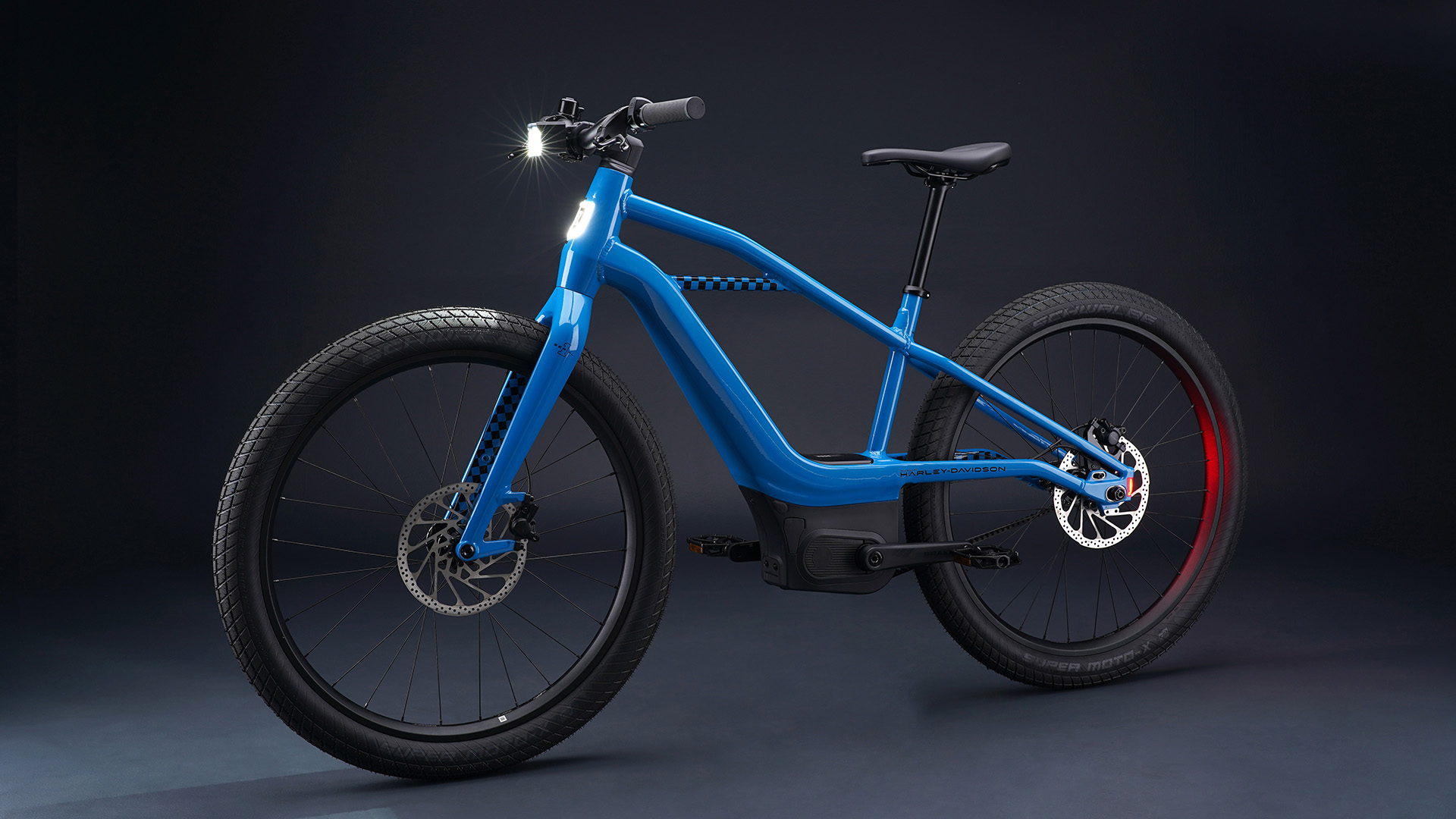
The Serial 1 Mosh/Cty is a well-built beauty of a machine, but as much fun as it is to whip around on, it proves to be a little bland — if not unenjoyable — set of wheels for every day riding that looks expensive next to the competition.
-
+
Torque city
-
+
Onboard GPS
-
+
Decent smarts
-
-
Premium price
-
-
Not great for cruising
Why you can trust T3

Some electric bikes are for commuting, some are for casual riding and some are for fun. The Serial 1 Mosh/Cty may sound like it’s got the commuting role in mind, but during my test (see how we test), it came up as a purely play bike.
For the best electric bikes, the combination of components come together coherently to make it a truly splendid machine that can do it all. The 2022 model of the Mosh/Cty is a curious combination of really capable parts that ultimately add up to a bike that does just one thing really well: accelerate. Whether that’s speeding up or slowing down is up to you.
However, the quality components and unique design of the Mosh/Cty, which has some Harley-Davidson heritage, don’t come cheap. That puts it in a somewhat awkward position. So, let’s take a closer look and see if there’s anything to help dig it out of that mire.
Serial 1 Mosh/Cty review: price and availability
The Mosh/Cty is available now in the US and retails for $3,799 or €3,999 in Europe (£3,800 in the UK). The high price is perhaps partly due to Serial 1 being the ebike spinoff company of Harley-Davidson, the motorcycle manufacturer with a reputation for premium products.
Read on to find out if the Mosh/Cty upholds that reputation.
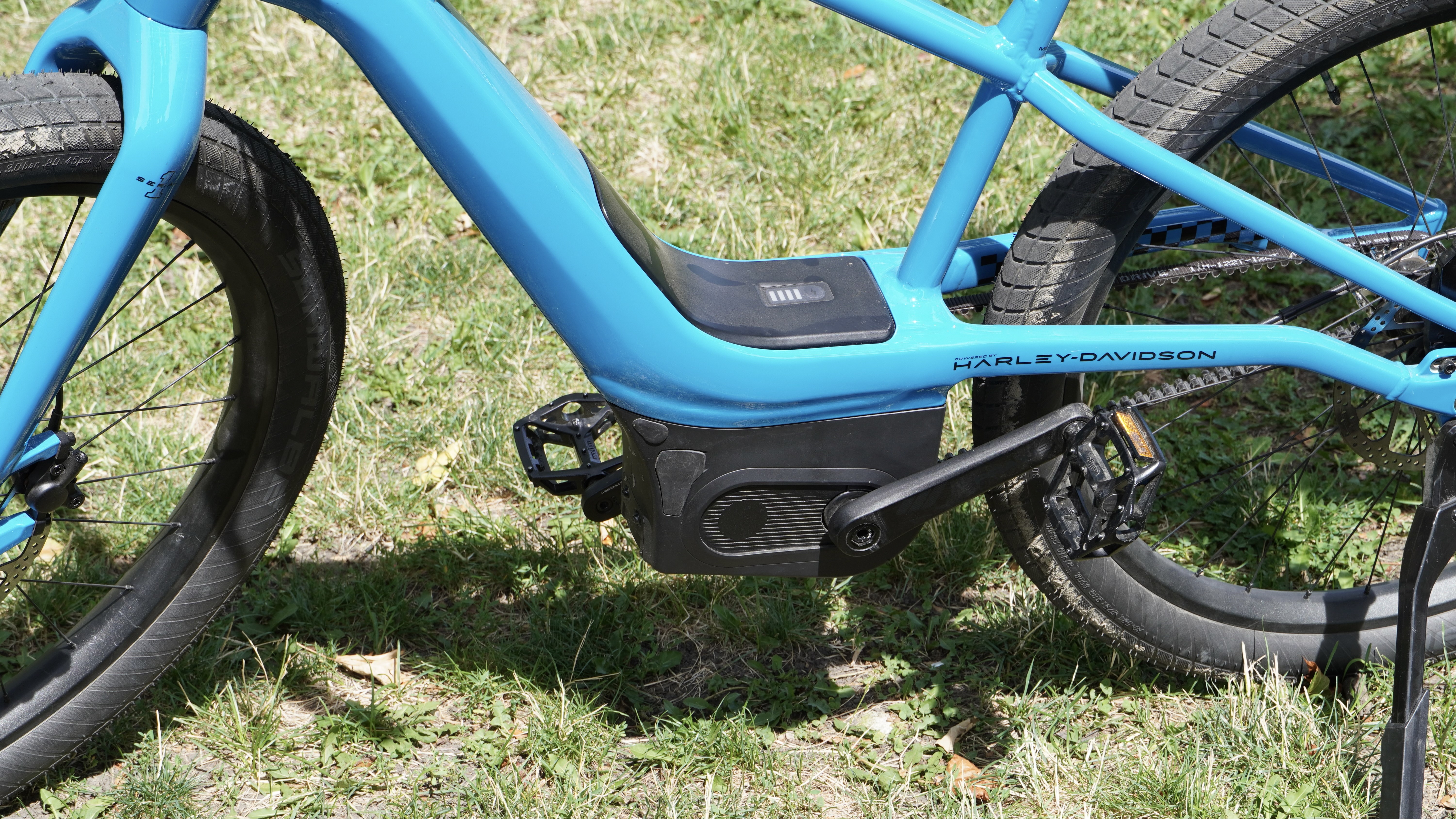
The unique frame geometry of the Serial 1 Mosh/Cty is smartly done.
Serial 1 Mosh/Cty review: design and features
The Serial 1 Mosh/Cty is a striking bike to behold. It has a unique frame design that will catch eyes, and the downtube flowing into the chainstays emphasizes all the muscle sitting in the bottom bracket, which houses the Brose Power Mag S mid-drive motor. A single line of tube cuts across the front triangle, running parallel to the ground, and linking the top and bottom tubes. The tube gets a checker pattern. It’s an eye-catching detail and a smart one, because it’s the easiest place to grab the bike to carry it.
Despite looking like a fairly chunky bike — what with the 2.8-inch-thick tires that weigh over four pounds on their own — the Mosh/Cty actually proves surprisingly light. That’s not to say it is light, at 48 pounds (21.7kg), but it’s surprising for a bike that has so much going on.
Get all the latest news, reviews, deals and buying guides on gorgeous tech, home and active products from the T3 experts
This ebike has an interesting mix of a hybrid design and a more cruiser feel with a head tube angle that seems like it has the front wheel reaching out extra far forward.
Serial 1 built the Mosh/Cty with a Gates carbon belt drive and a single-speed rear hub. The unique frame geometry is smartly done, as the chainstays remain above the line of the belt drive, making it possible to remove the belt without needing to have a bolted break in the frame (something you’ll see on plenty of other belt-drive bikes).
The smarts go further still. The bike has integrated head and tail lights. The headlight on the steerer tube comes on with the bike, and the taillights glow by default but get even brighter when the bike is slowing down. That brake light action appears to be accelerometer-based but is highly sensitive and a great safety feature. There’s also an extra-bright headlight attached to the center of the handlebars.
The bike stops with powerful dual-piston hydraulic brakes. Once they’re lined up with the discs, it’s easy to keep the brakes lined up, as the Mosh/Cty sits on thru-axle wheels.
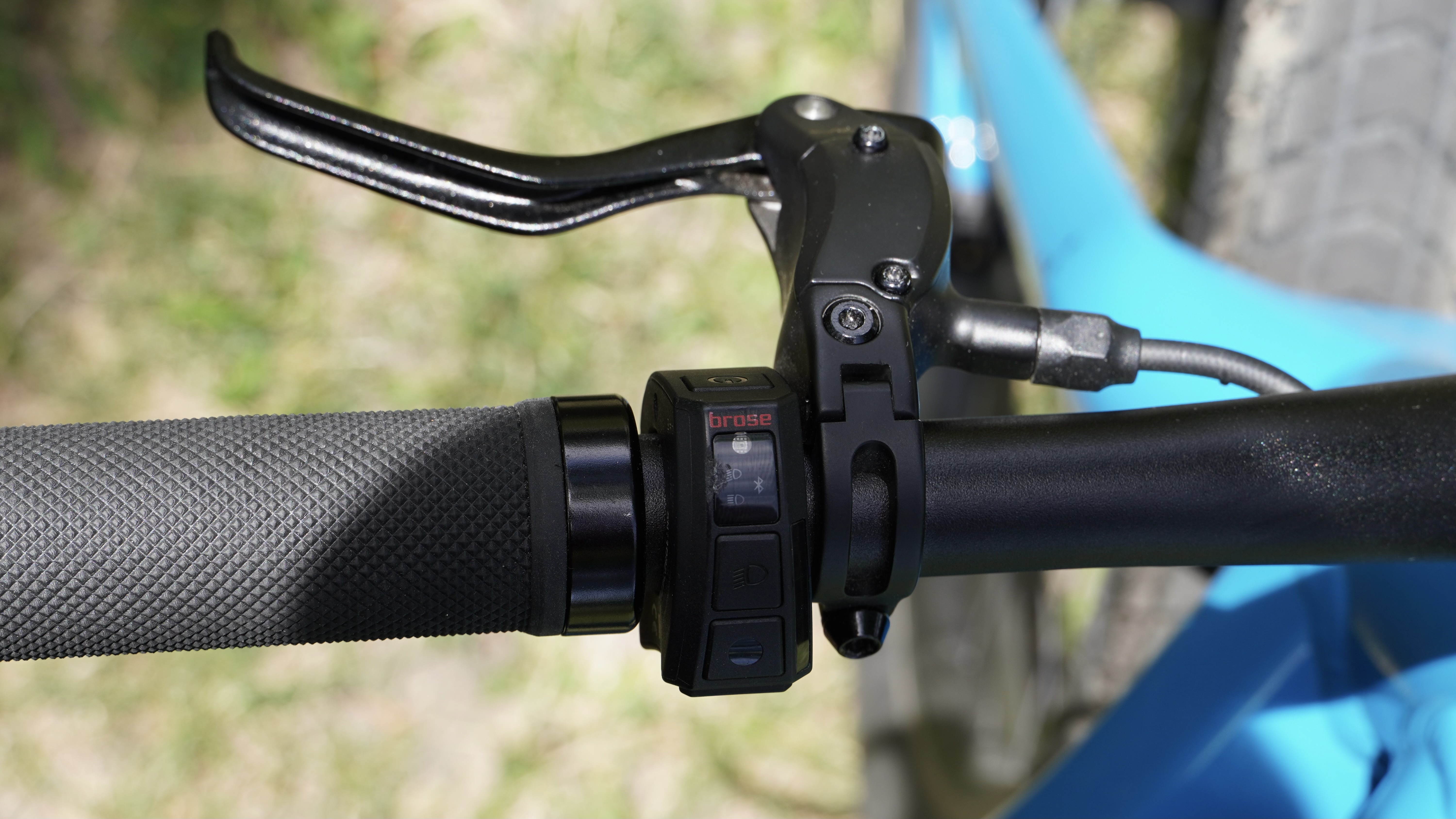
For all the quality components going on, which help justify the high price, a few parts just feel extra cheap by comparison — for example, the fairly basic hand grips and the simple Wellgo pedals.
One of the big features Serial 1 is marketing with this new model of the Mosh/Cty is its smart system. It has an Internet of Things device built into the bike, which has Bluetooth and cellular connections, as well as GPS and an accelerometer.
This provides tools like pin-point location for the bike and alerts when the bike is moved or even jostled. It can also allow owners to lock down the power and restrict new registrations with the bike, making it harder for a would-be thief to ride away on the bike and ever get it up and running again. The IoT device charges off the bike’s main battery but has its own battery, which Serial 1 claims can last for up to 2 months even if the main battery is removed.
These smart features mean pairing the bike with an app, and arguably too much of the bike’s smarts now rely on a smartphone to enjoy. Since Serial 1 expects riders to attach their phone to the handlebars to view ride metrics, run Google Maps-powered navigation and manage the bike, it stuck to a very basic control option that just uses a few LEDs to show things like battery life and assist settings.
It’s worth noting that the Mosh/Cty offers two years of cellular connectivity, but it’s unclear what that element of the service will cost after those two years are up.
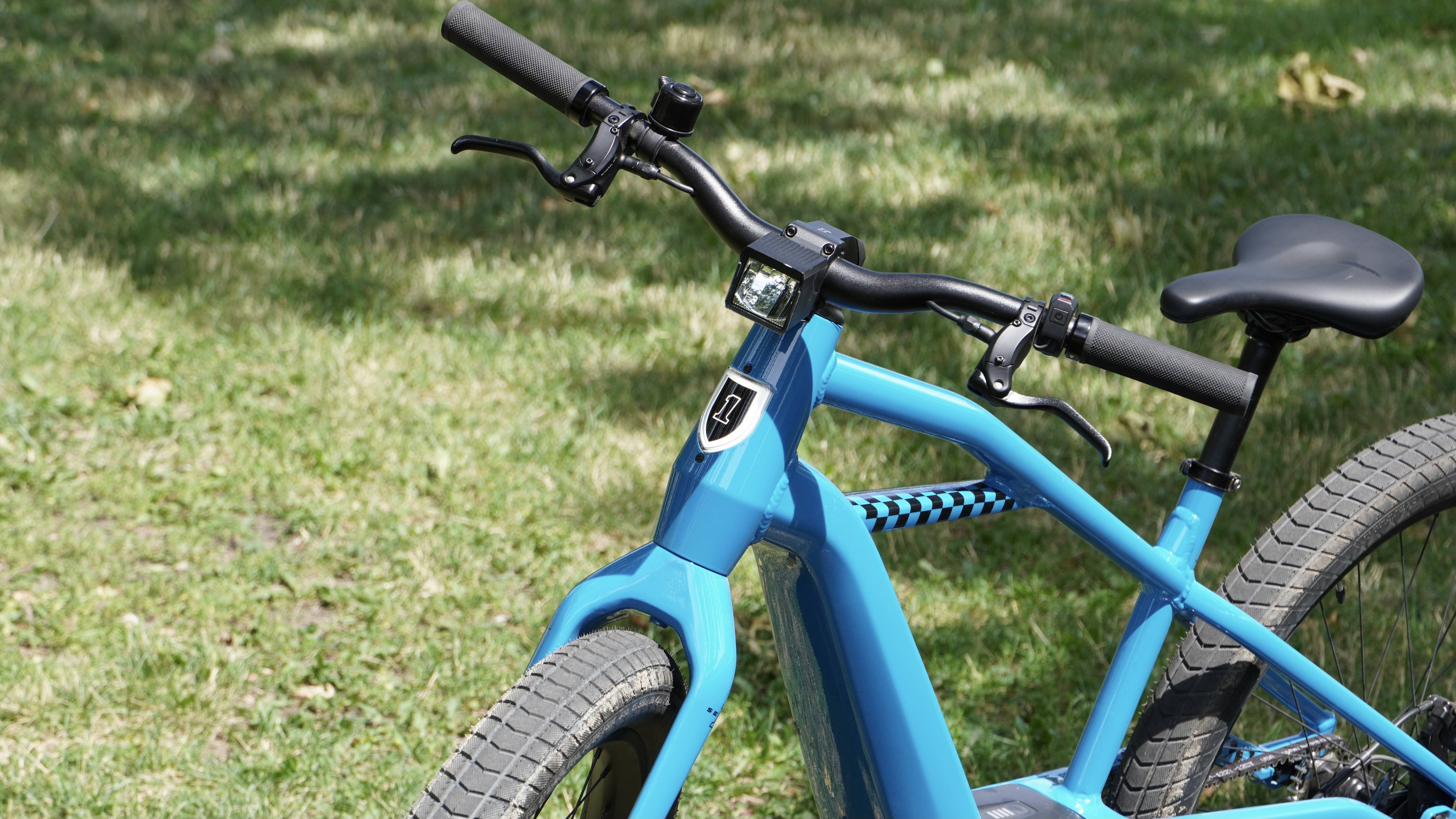
The Serial 1 Mosh/Cty reaches 20 mph quickly and easily.
Serial 1 Mosh/Cty review: performance and riding experience
The Serial 1 Mosh/Cty is built around some powerful parts, but it puts them to rather disappointing use. The Brose S Mag motor pumps its torque through the low gear ratio with a serious bit of muscle, easily getting the Serial 1 Mosh/Cty off from a stand-still, up a hill or cruising up to its top speed.
That gear ratio and muscle turn into a clumsy, awkward ride in regular riding conditions. It’s so easy to hit 20 mph on this bike, and once I do, the motor cuts out and I’m left with the choice of madly spinning the pedals as fast I can just to maintain my speed or to letting myself coast for a while until I’ve slowed down enough to speed back up. The bike coasts well, with little rolling resistance on its fat tires, but the constant speed-up-slow-down on long straightaways is truly an unpleasant way to ride.
That’s not to say the Serial 1 Mosh/Cty doesn’t have its place, though perhaps it’s not in the “Cty,” where being able to keep up with traffic and maintain speeds is more crucial. Rather, it’s on winding paths and hilly segments that the Mosh/Cty feels more at home. Each turn presents an opportunity to let the motor rip again, coasting down a hill and then pedaling up the other side feels much more natural than doing the same on a flat.
I took the Mosh/Cty to a small mountain biking terrain park, and it felt surprisingly comfortable in that environment despite having smoother tires and no suspension for the job. Of course, that’s what Serial 1’s Bash/Mtn and Switch/Mtn are for.
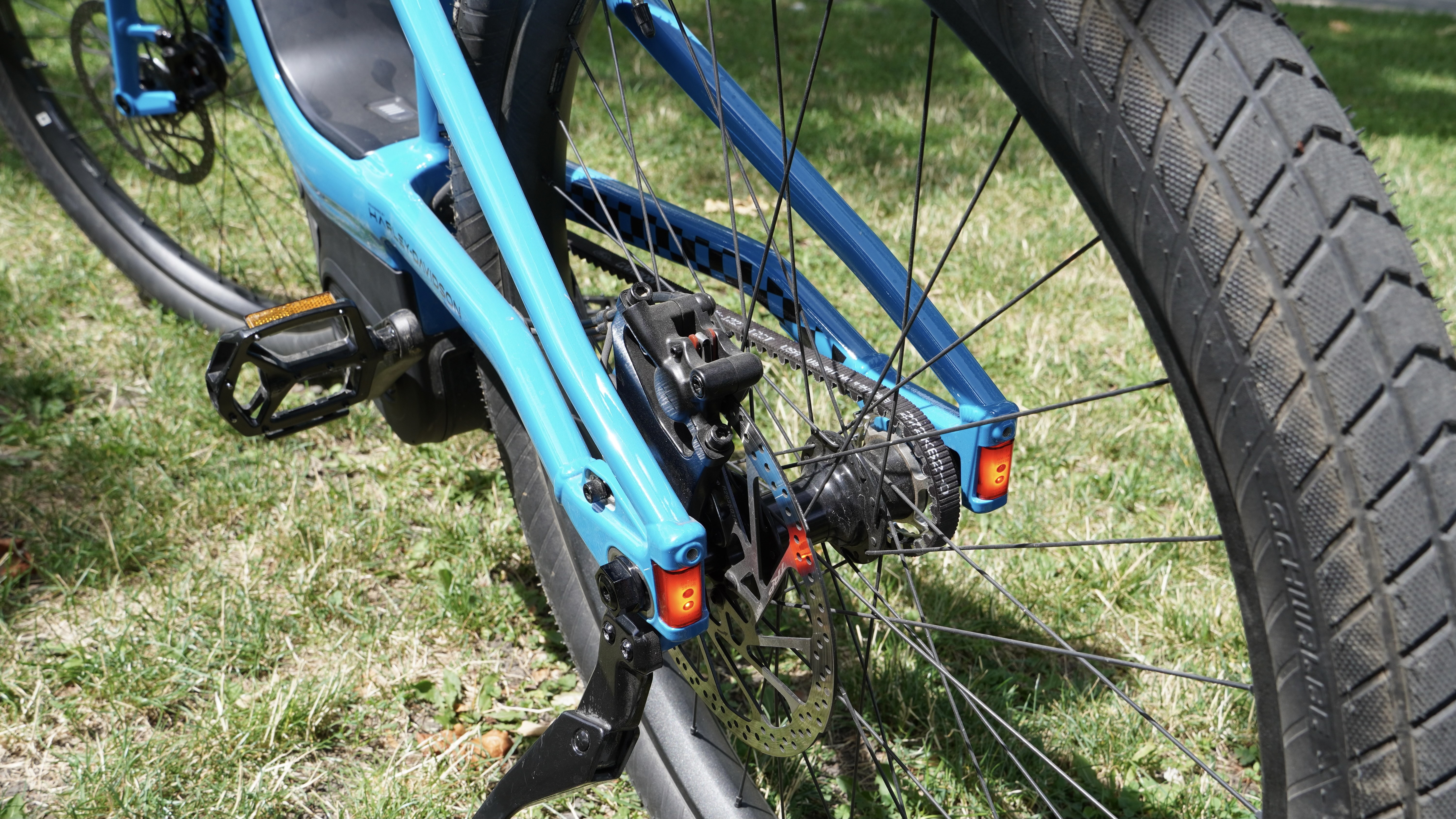
As good as the motor is at speeding the bike up, the brakes are a match for slowing it back down. There’s plenty of power in those brakes to easily get a good skid going, but they’re nuanced enough for a quick and controlled stop, easily bringing the bike to a stop from full speed in the length of a single car.
Between not trying to go too fast and the ease with which the Mosh/Cty coasts, the bike manages to offer respectable range out of its 529 Wh lithium-ion battery. It brought me (a 235-pound rider) more than 23.6 miles on a single charge and reached 31.3 miles on a separate charge, averaging 27.5 miles. This is hardly impressive for the price of the bike, though, as even the $1,000 Swft Fleet — a bike I found rather simple in my testing — could go 27 miles using almost purely throttle.
Thankfully, the Mosh/Cty’s smart system also doesn’t take much out of it, unlike the Urtopia ebike, which would drain a huge chunk of the battery if I left it alone for a couple days.
It’s hard to know how far the battery will actually go on a given ride, though, as the estimates from the app can vary and the bike stopped delivering any noticeable assist multiple times once the battery reached about 12% — a rough discovery when setting out on a little jaunt starting at 20%. Once the battery is dead, it’s the same old slog I’ve experienced with just about every other ebike, working way too hard to keep the bike going just 10-12 mph.
The proprietary battery can recharge in 4.7 hours or go from 0 to 75% in 2.6 hours. It’s handled by what looks to also be a proprietary charging connector, which is a shame to see given how many other bikes use more standard barrel adapters. It would be worth more if the charger seemed to be offering something special, but a nearly 5-hour charge time isn’t particularly fast for a 529 Wh battery.
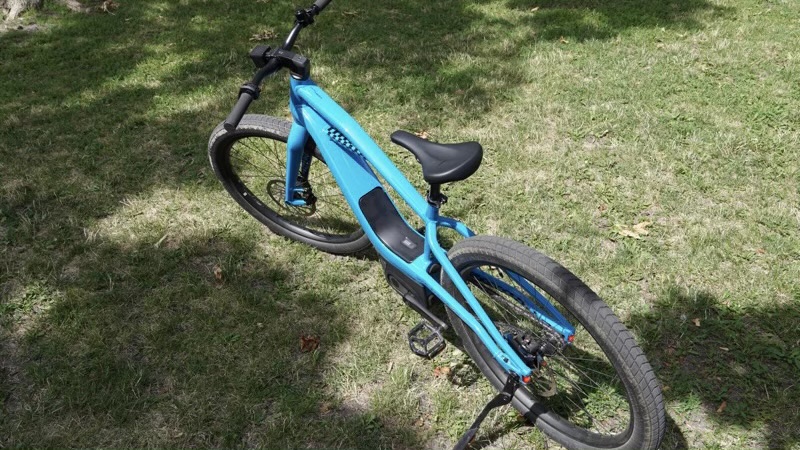
The Serial 1 Mosh/Cty weighs 48 pounds.
Serial 1 Mosh/Cty review: verdict
The Serial 1 Mosh/Cty is still as well-built and powerful an electric bike as its predecessor. While the brand has implemented some interesting and potentially useful smart features to upgrade this model, it proves an underwhelming ebike for overall, especially given how many others can go faster, further and often both for less without lacking in quality.
As an ebike for play and for Harley-Davidson fans, it may make sense. But for everyone else, there are ebikes that may fit better.
Also consider
The Priority Current bumps up a lot of aspects of the bike, to the point of being a closer competitor with Serial 1’s Rush/Cty Speed, but Priority only asks less than the Mosh/Cty for it. Meanwhile, the Aventon Aventure costs less than half the price of the Mosh/Cty, and it has plenty of range whether using pedal assist or the bike’s throttle, which will feel more like riding a motorcycle than the Serial 1 — even if the latter has Harley-Davidson roots.
The king of folding bikes remains the Brompton, and the electric Brompton is a great solution if you’re willing to look at the nearly £3000/$4,000 price tag. If you don’t need your bike to fold, though, the Ride1Up Roadster V2 is still the better choice. For something smaller and lighter, you might also want to look at one of the best electric scooters, as they will give you more range and flexibility for the money.

Mark Knapp has covered tech for most of the past decade, keeping readers up to speed on the latest developments and going hands-on with everything from phones and computers to e-bikes and drones to separate the marketing from the reality. Catch him on Twitter at @Techn0Mark or on T3, PCMag, IGN, TechRadar, Business Insider, and Reviewed.